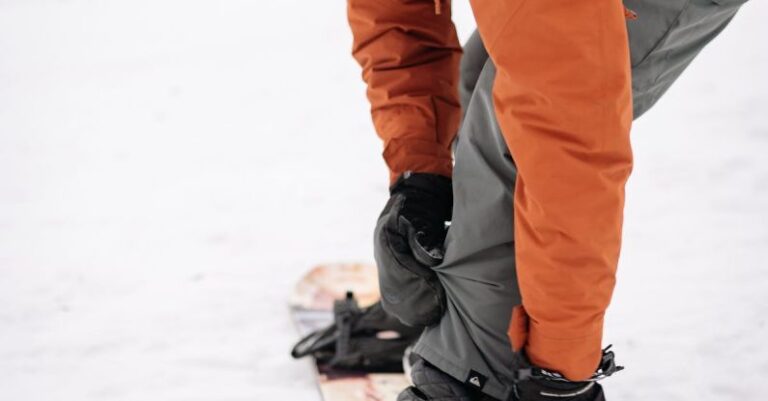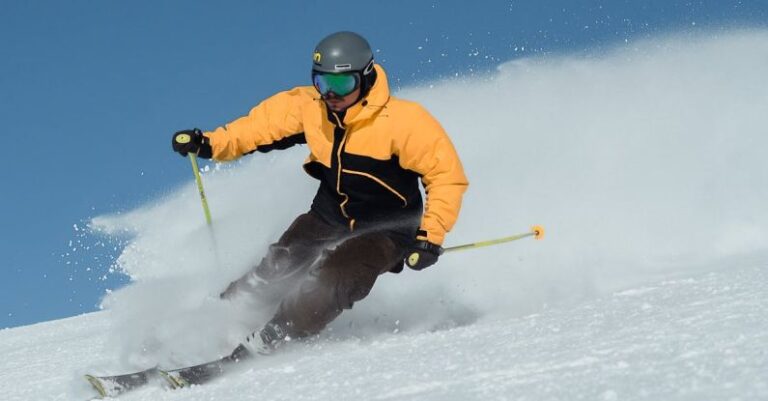
As the winter season approaches and temperatures plummet, outdoor enthusiasts and workers face the challenge of staying warm in extreme conditions. While layers of clothing and insulated jackets can provide some protection, many are turning to heated gear as a solution to combat the biting cold. But can heated gear truly keep you warm in the harshest of environments? Let’s delve into the effectiveness of heated gear in extreme conditions.
Understanding Heated Gear Technology
Heated gear, such as heated jackets, gloves, socks, and vests, utilize advanced technology to provide warmth in cold weather. These garments are equipped with heating elements, usually powered by rechargeable batteries, that generate heat to keep the wearer comfortable and cozy. The heat is distributed evenly throughout the garment, targeting key areas of the body prone to cold, such as the chest, back, and hands.
The Benefits of Heated Gear
One of the primary advantages of heated gear is its ability to provide instant warmth. Unlike traditional layers of clothing that rely on your body heat to trap warmth, heated gear actively generates heat to keep you toasty even in freezing temperatures. This rapid heat production can be a game-changer for those who work or play outdoors in harsh conditions, allowing them to stay comfortable and focus on their tasks without being hindered by the cold.
Moreover, heated gear offers customizable heat settings, allowing users to adjust the temperature based on their comfort level and the external conditions. This versatility ensures that you can stay warm without overheating, striking a perfect balance between insulation and breathability. Additionally, many heated garments are designed to be lightweight and flexible, providing freedom of movement without the bulkiness often associated with traditional winter wear.
The Limitations of Heated Gear
While heated gear is a valuable tool for staying warm in extreme conditions, it does have its limitations. The effectiveness of heated gear can be influenced by factors such as battery life, insulation quality, and the intensity of the cold. In extremely low temperatures, heated gear may struggle to maintain a consistent level of warmth, especially if the batteries drain quickly or if the garment lacks adequate insulation.
Furthermore, reliance on battery power means that heated gear needs to be recharged regularly, which can be inconvenient for those who spend long hours outdoors. It is essential to consider the battery life of the heated gear and have backup power sources available to ensure continuous warmth in challenging environments.
The Verdict: Can Heated Gear Keep You Warm in Extreme Conditions?
In conclusion, heated gear can indeed keep you warm in extreme conditions, providing instant heat and customizable comfort to combat the cold. For outdoor enthusiasts, workers in frigid environments, or individuals sensitive to low temperatures, heated gear offers a practical solution to stay warm and comfortable when the mercury drops.
However, it is crucial to choose high-quality heated gear with reliable heating elements and durable construction to maximize its effectiveness. Understanding the limitations of heated gear, such as battery life and insulation quality, can help users make informed decisions and prepare for challenging conditions.
Ultimately, while heated gear is not a panacea for all cold weather woes, it is a valuable addition to your winter wardrobe that can make a significant difference in your comfort and well-being when facing extreme temperatures. So, next time you venture out into the icy chill, consider suiting up with heated gear to stay warm and cozy in even the most challenging conditions.





